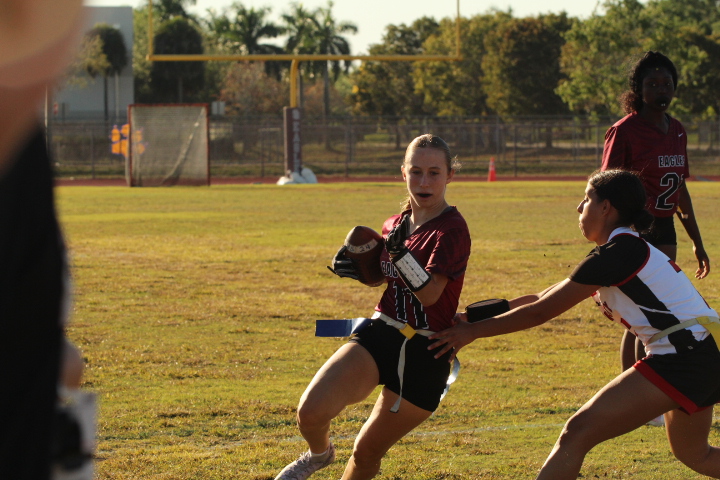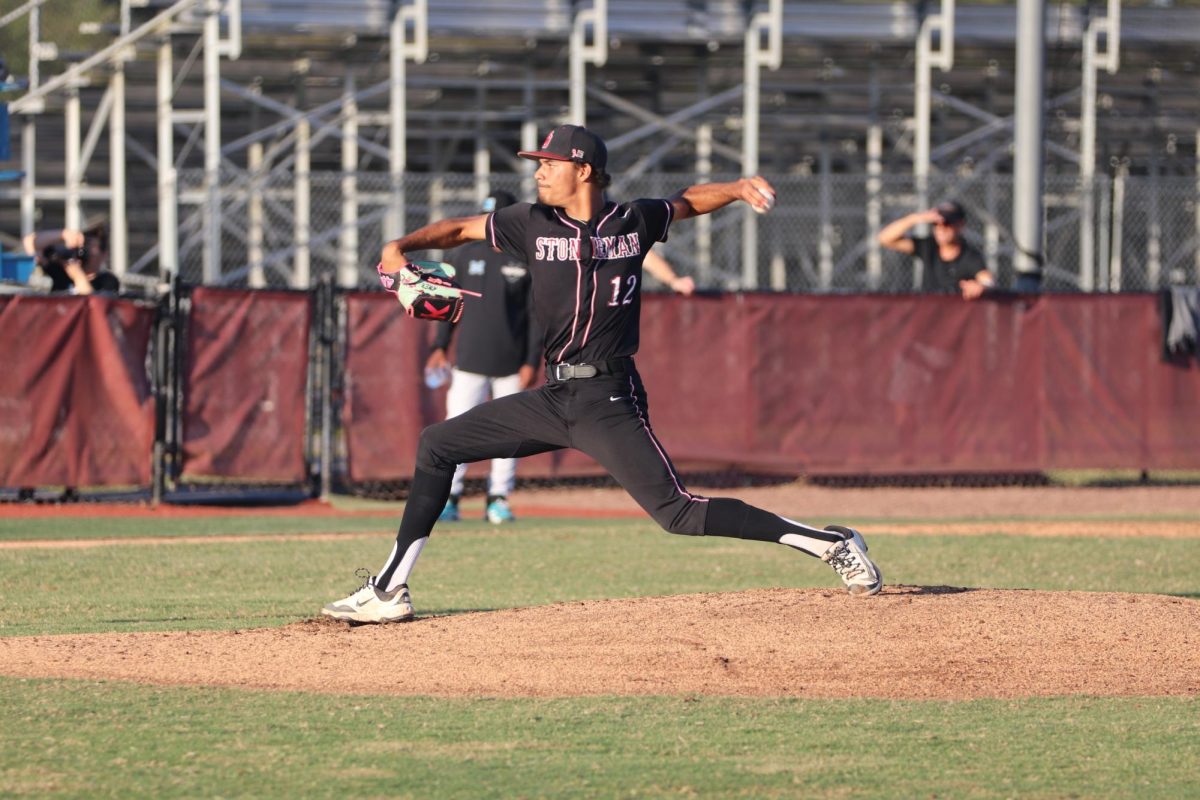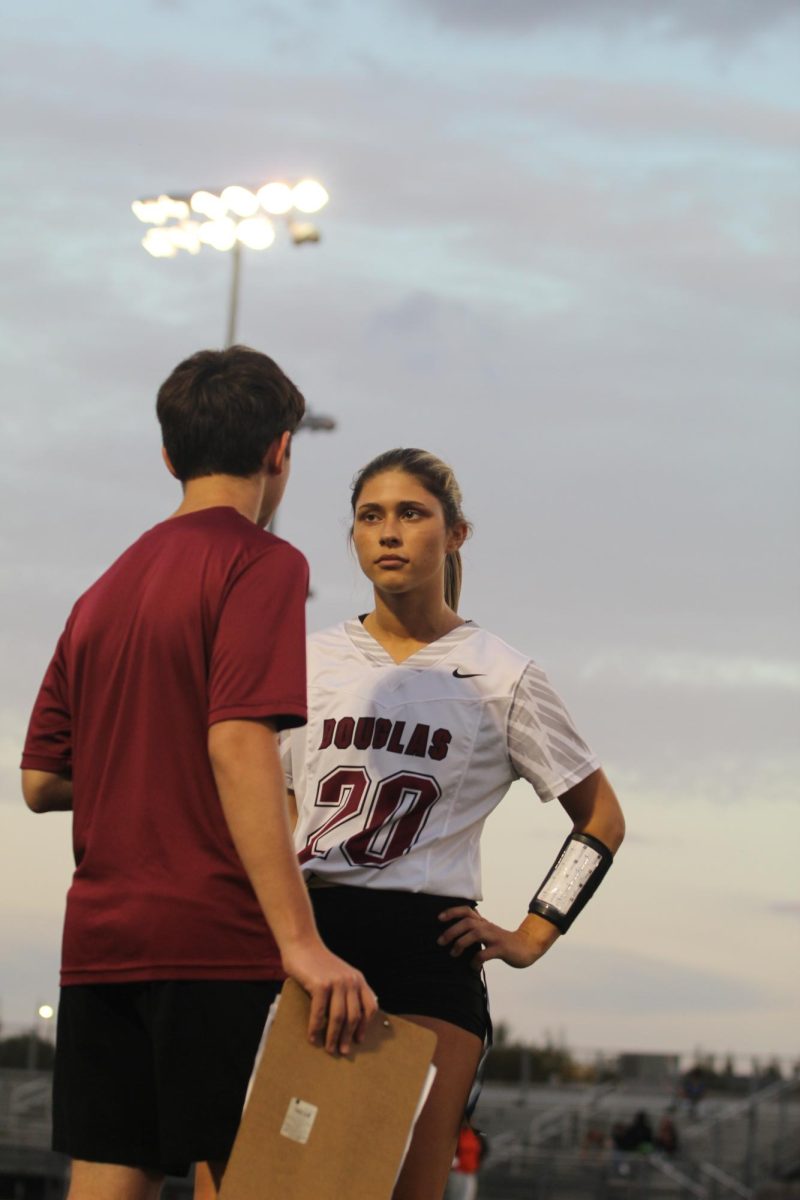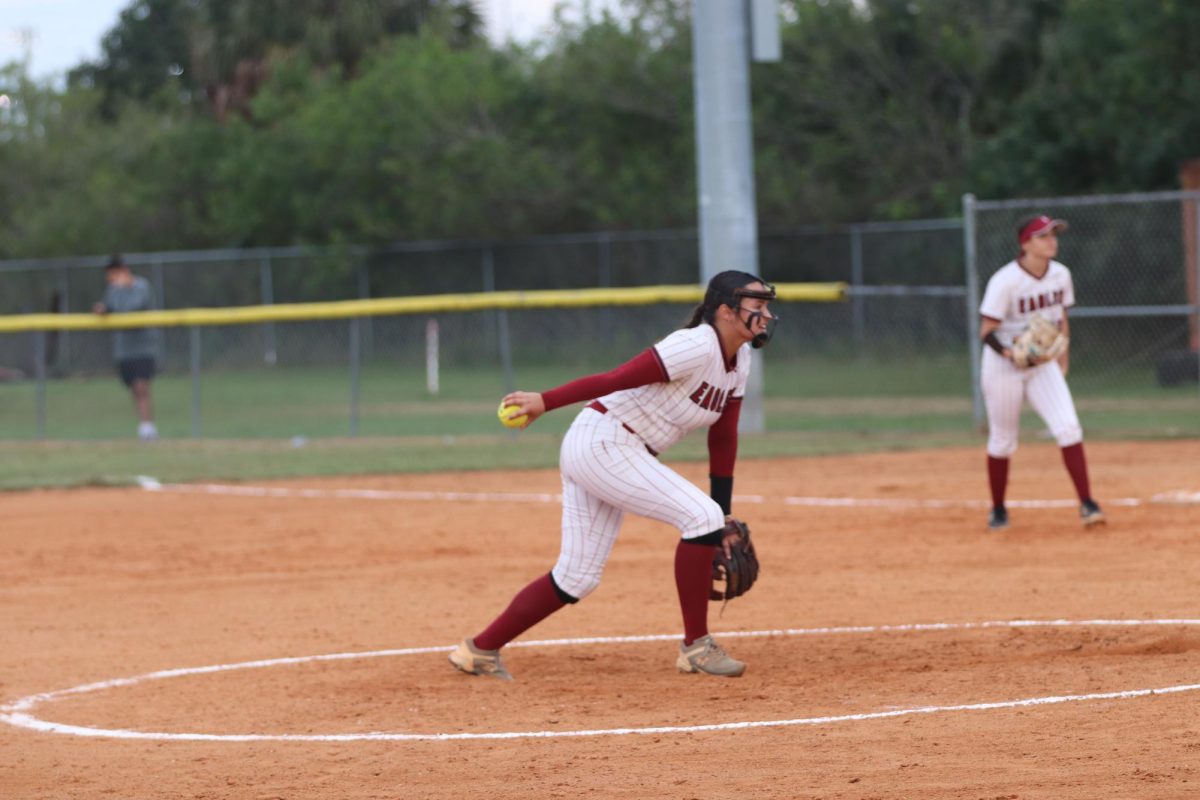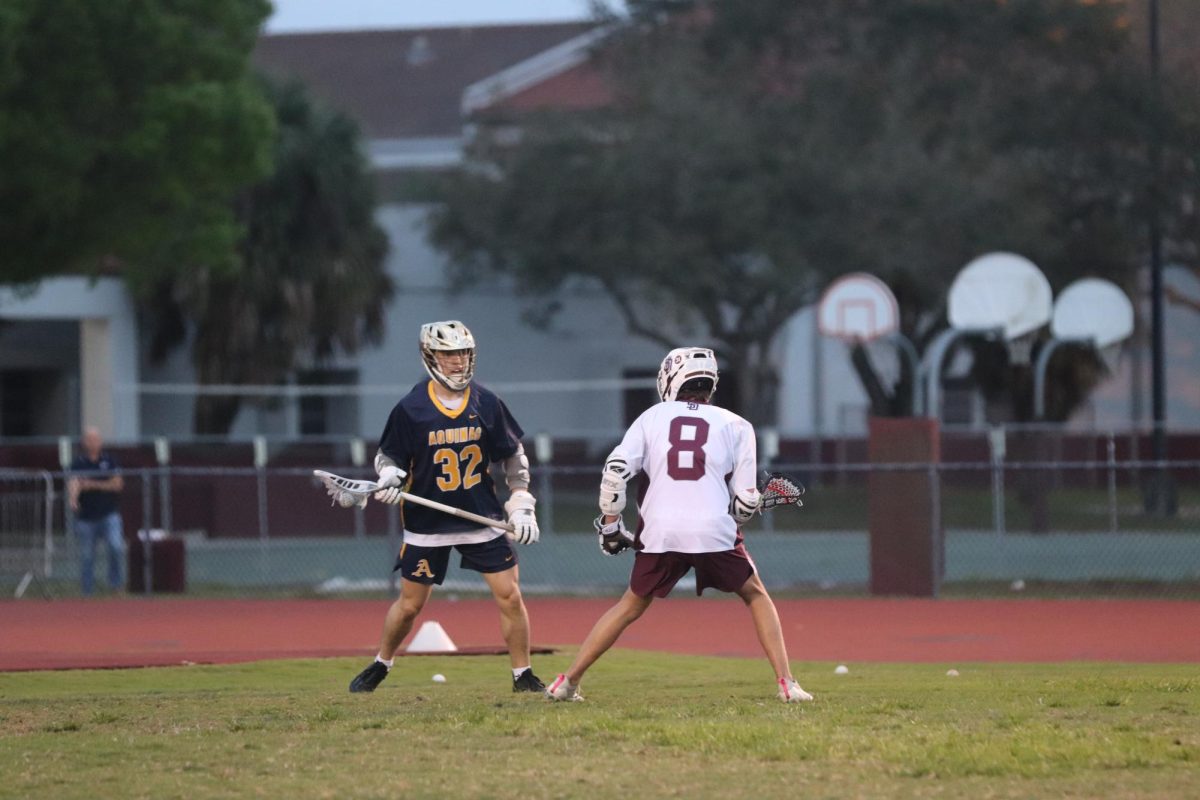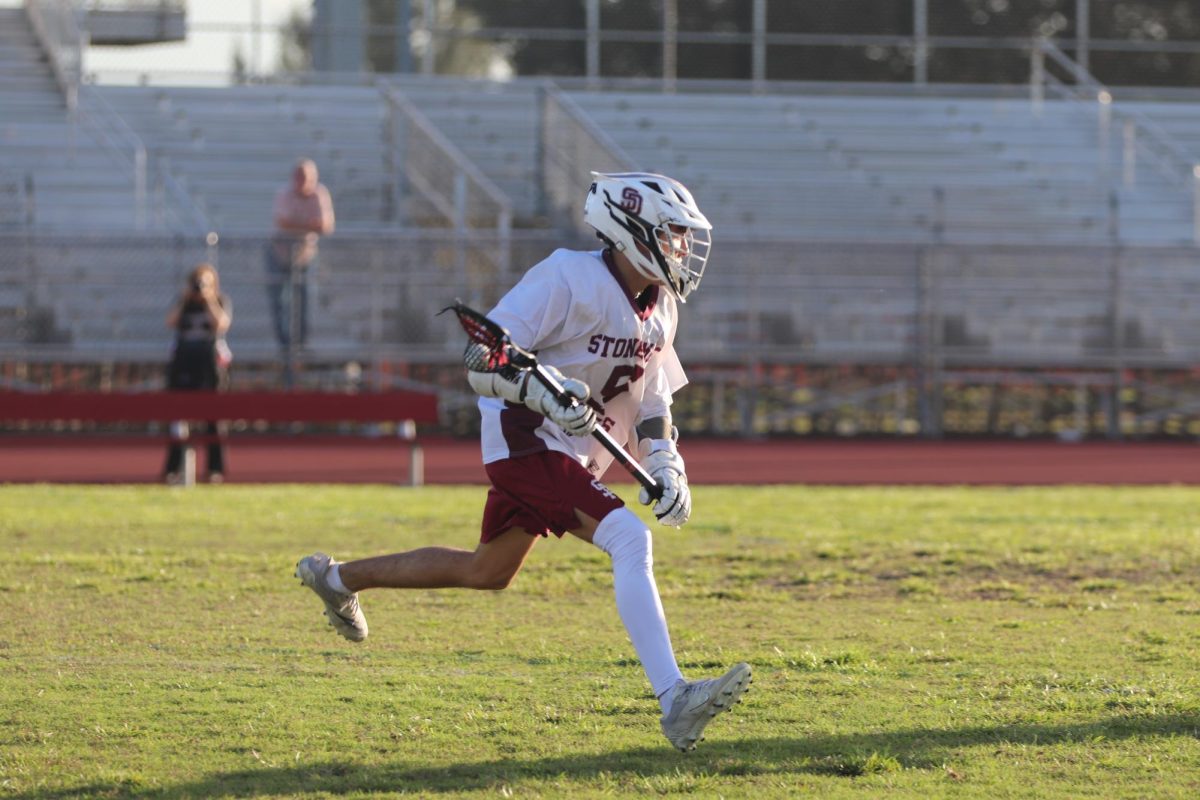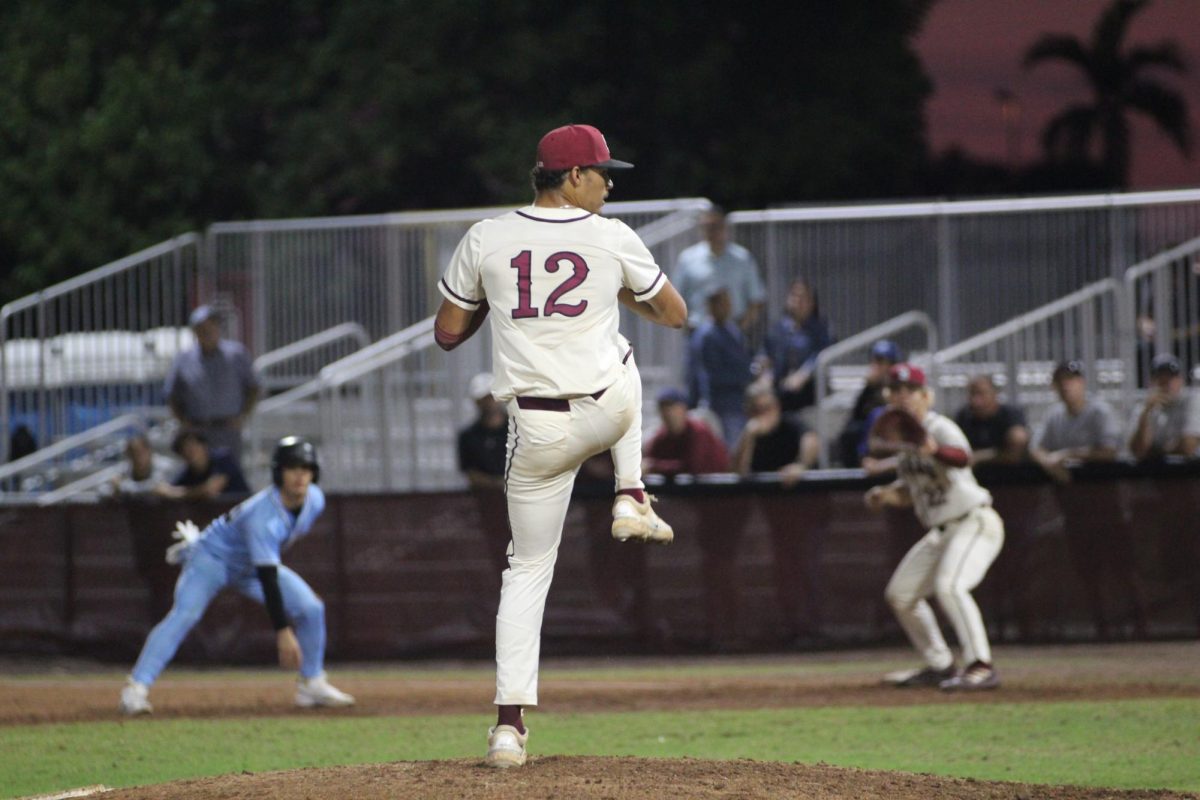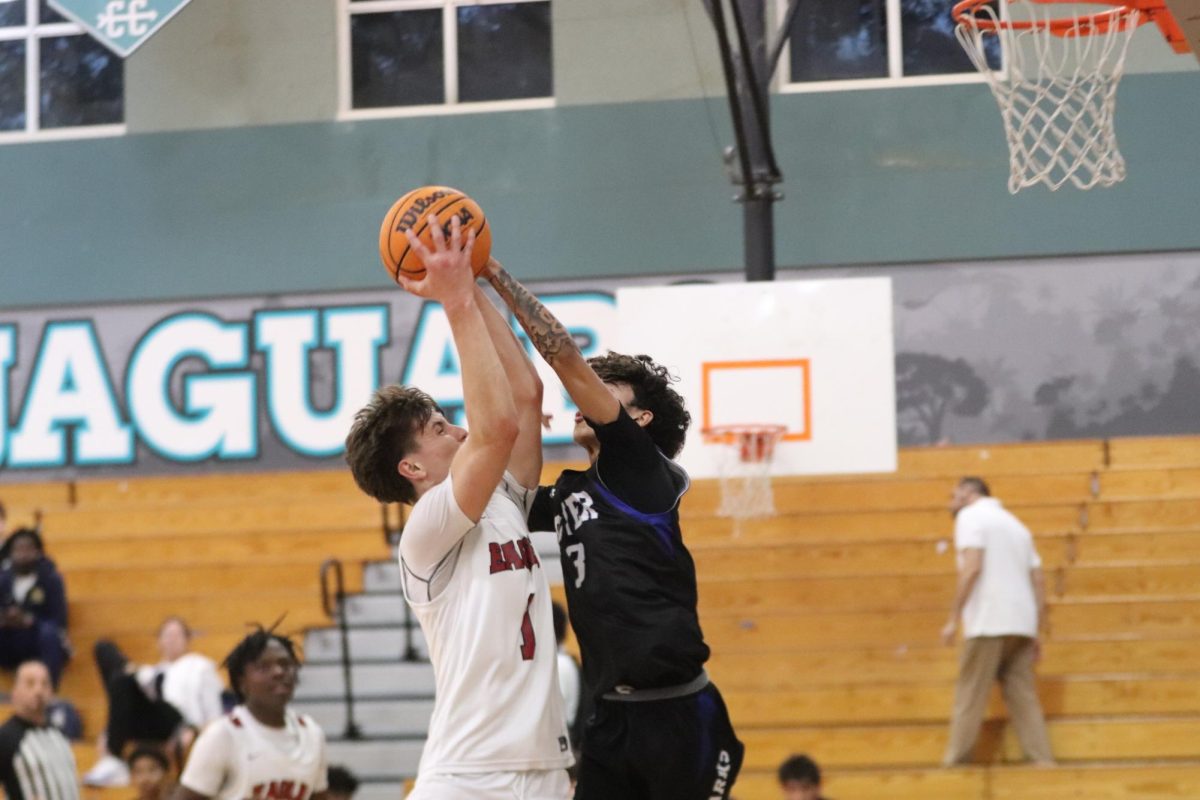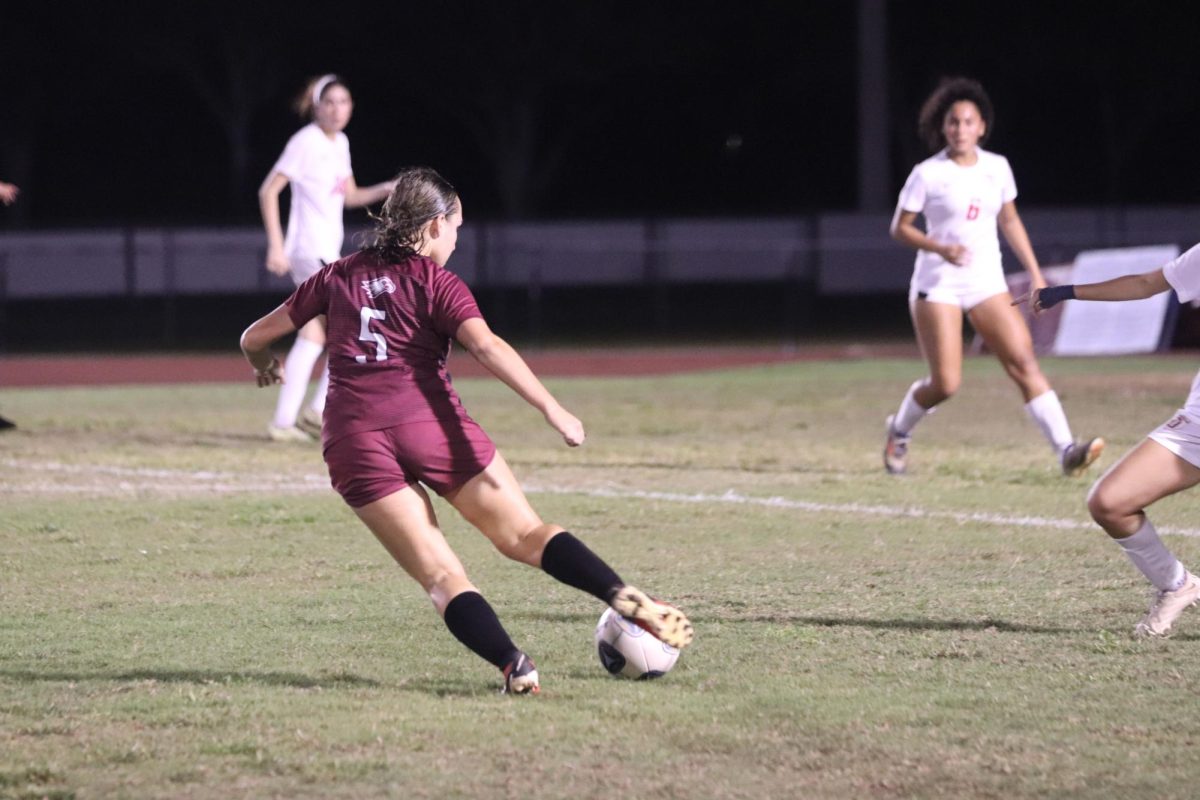
Since the mid-1800s, Americans have been obsessed with the idea of competitive sports. It began with the introduction of baseball, famously deemed “America’s pastime,” and has only increased in popularity since then with the creation of the NFL, MLB and NBA.
Sports have influenced American society in multiple ways throughout the course of history. This culture has formed rivalries between fans of opposing teams, while also creating a community out of those who root for them. One example of the outreach sports has in society is the 114.4 million viewers that the 2015 Super Bowl XLIX reigned in, making it the most watched television program in the United States.
“I believe sports have brought America together in a way because it is something that everyone can either participate in or watch together,” senior Allie Schuller said.
Additionally, college sports have grown massively in popularity due to their lively and energetic nature. They have unified fans from all over the country and the world because of their undying commitment to the college they went to.
In a study done by CNBC in 2017, 21% of people age 53 or older attended football games, and 43% were of the ages 18 to 52. At college football games, one can see an age range from those who go to the college to those in their 70’s who are passionate for their former team, to young children dressed in the colors of their parents’ school.
Sports are incredibly unique in their ability to unify a variety of people, despite differences in politics, social class or race. However, even though massive strides have been made, the discussion of race was and still is an issue of concern in the lives of athletes.
Segregation had been a prominent factor since the beginning of organized sports, especially in the early to late 1900s. Athletes such as Jackie Robinson, Wataru Misaka, Chuck Cooper, Kenny Washington and Althea Gibson were some of the first non-white players in the professional sports of their choosing. They ultimately helped to break down racial barriers, giving way to further acceptance in the professional sports industry.
Movies such as “Remember the Titans” is one example of racial tensions in sports, based during 1971 in Virginia when all-black high schools were forced to integrate with all-white schools, altering the school’s celebrated football program. “Remember the Titans” champions acceptance in sports, as well as how a team can be formed into a family, despite their racial differences.
“Sports gives us people to look up to, as well as people that we talk to and trust. It helps us fit in and feel like we have a family,” senior Aramis Warford said.
The emphasis on character and group building in sports is essential for a team to gain respect for each other while also developing teamwork skills. This collaborative mentality is necessary on and off the field when working with others in different settings.
“Being a part of the tennis team my four years has been one of the best experiences I’ve had at MSD. You create a little family and you push each other to be better every day,” senior Alejandra Martinez said.
When it comes to academics, sports is highly effective. According to the Guardian, in an article about how sports “makes your brain work better,” the hippocampus in the brain grows as a person becomes fitter. In turn, it boosts memory. The body also has to produce glucose and oxygen in order to concentrate on a task—a majority of which comes from being active.
“Sports helps me stay focused because I know that in order to be successful on the field, I need to be successful in the classroom first,” junior Colin Flynn said.
The influence of sports in American culture has even extended into consumerism. Due to the admiration of professional athletes, they are oftentimes paid endorsement checks for their participation in brand promotions and campaigns. In turn, the brand will likely see a heavy increase in sales if the campaign was perceived well by the public, showing how easily consumers could be persuaded. One example is Stephen Curry’s $35 million check for his sponsorship with Under Armour in 2017.
“When students see a popular celebrity they like endorse a product, it makes us more prone to purchase that product. We want to try and be like them so we buy the things they tell us to,” junior Nick Joseph said.
The prevalence of sports in America is without a doubt, grand in its innate ability to bring people together and build necessary life skills in the players themselves. Its widespread outreach and entertaining nature put sports on a pedestal. Whether its impression on society is positive or negative, the culture of sports can be seen in many aspects of American life.
This story was originally published in the May 2019 Eagle Eye print edition.

